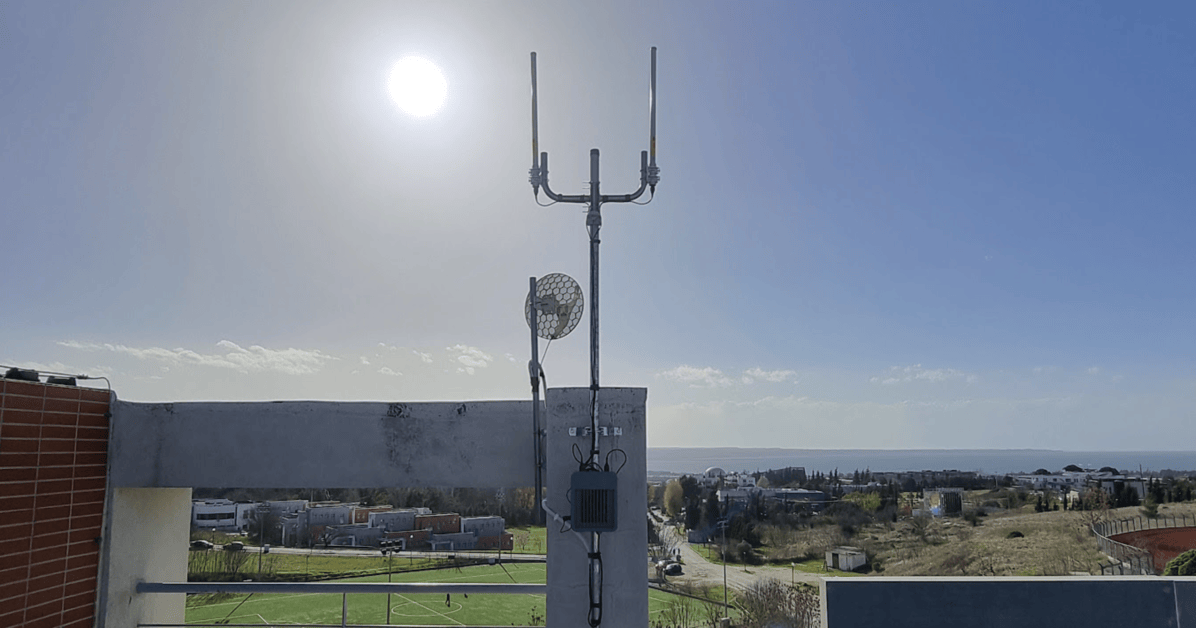TL;DR
Even the smartest sensors can’t outrun the laws of physics. Put your antennas in the right place first—your network’s range, reliability, and ROI depend on it.
#Why This Matters to You
Business Leaders & Partners – A well‑designed LoRaWAN network lowers total cost of ownership (TCO) by reducing the number of gateways you need and cutting truck rolls caused by poor coverage.
IoT Enthusiasts & Engineers – Optimal placement squeezes every decibel of gain out of your hardware, unlocking longer battery life and more resilient links for edge nodes.
Whether you’re planning a smart‑city rollout or an industrial retrofit, antenna placement is the linchpin that turns great ideas into reliably connected assets.
#The Physics Behind LoRaWAN Propagation
LoRaWAN Frequency (EU): 868 MHz — great for long range and wall penetration, but still governed by radio fundamentals:
Key Factor | What It Means | Why It Matters |
|---|---|---|
Line of Sight (LoS) | Unobstructed path from node → gateway | Fewer retransmissions, higher throughput |
Fresnel Zone | Elliptical clearance around the LoS | Even partial blockage can cut signal strength |
Path Loss | Signal fades with distance & obstructions | Drives link budget and gateway density |
Multipath Interference | Reflections off buildings & metal | Causes packet errors and latency |
Antenna Gain & Orientation | Antenna design, height, angle | Directly boosts or limits coverage |
#4 Golden Rules of Antenna Placement
Height = Range
Every extra meter of elevation can extend coverage by hundreds of meters in dense urban zones.Keep the Path Clear
Avoid walls, foliage, and metal structures that absorb or reflect 868 MHz signals.Match Orientation to Use Case
Omnidirectional antennas suit city‑wide or campus networks; directional panels excel in point‑to‑point or corridor deployments.Respect the Fresnel Zone
A clear Fresnel ellipse is as important as plain line of sight—especially for long‑haul rural links.
Pro Tip: A 3 dB antenna gain doubles effective range; raising an antenna by just 5–10 m often achieves the same effect for free.
#Deployment Workflow
RF Planning & Simulation – We model coverage using terrain, building data, and link‑budget analysis.
On‑Site Surveys – Our field engineers validate candidate positions and measure real‑world signal quality.
Custom Antenna Selection – We balance gain, radiation pattern, and form factor for each location.
Precision Installation – Certified crews mount, align, and weather‑proof every gateway and antenna.
Post‑Install Validation – Drive‑tests and packet‑loss audits confirm we hit coverage targets before hand‑over.
Result: Fewer blind spots, longer sensor battery life, and a network that scales with your ambitions.
#Key Takeaways
Small RF optimizations—just a few dB—can halve your gateway count or double your coverage.
Start with altitude and a clear Fresnel zone before you spend on higher‑gain hardware.
Partnering with an RF‑savvy provider like IoTECH turns coverage from a guessing game into a science‑backed asset.



.png)